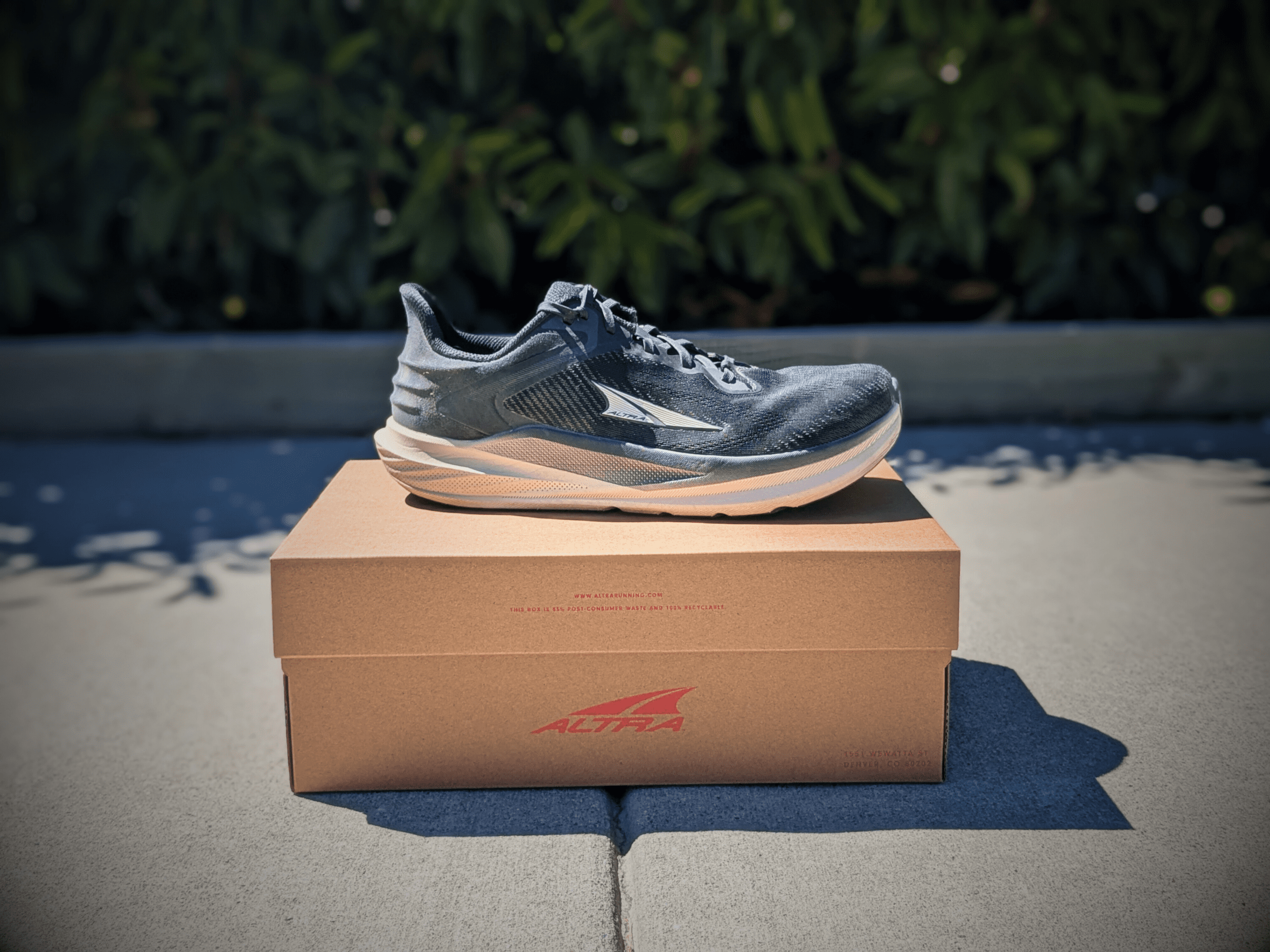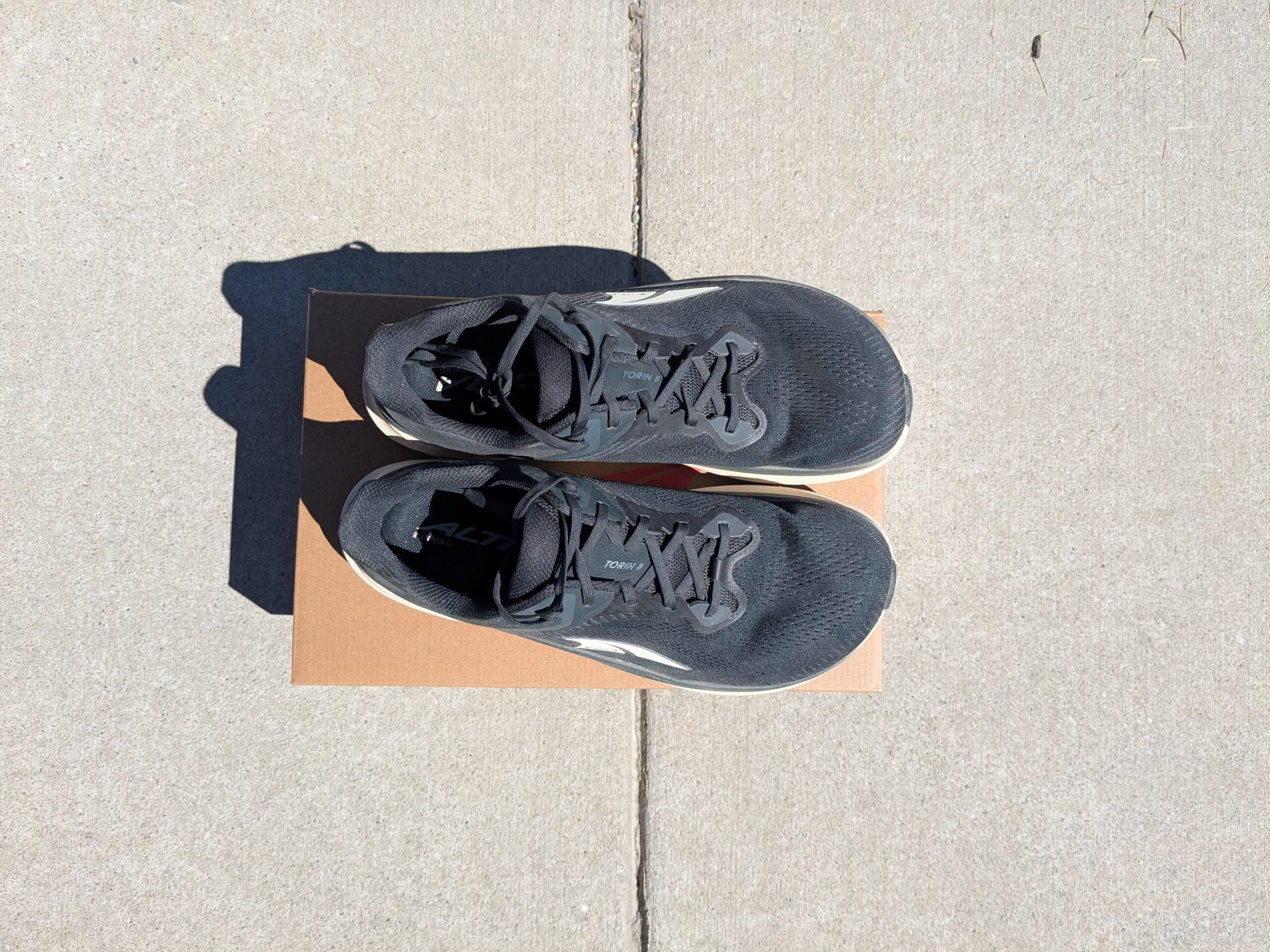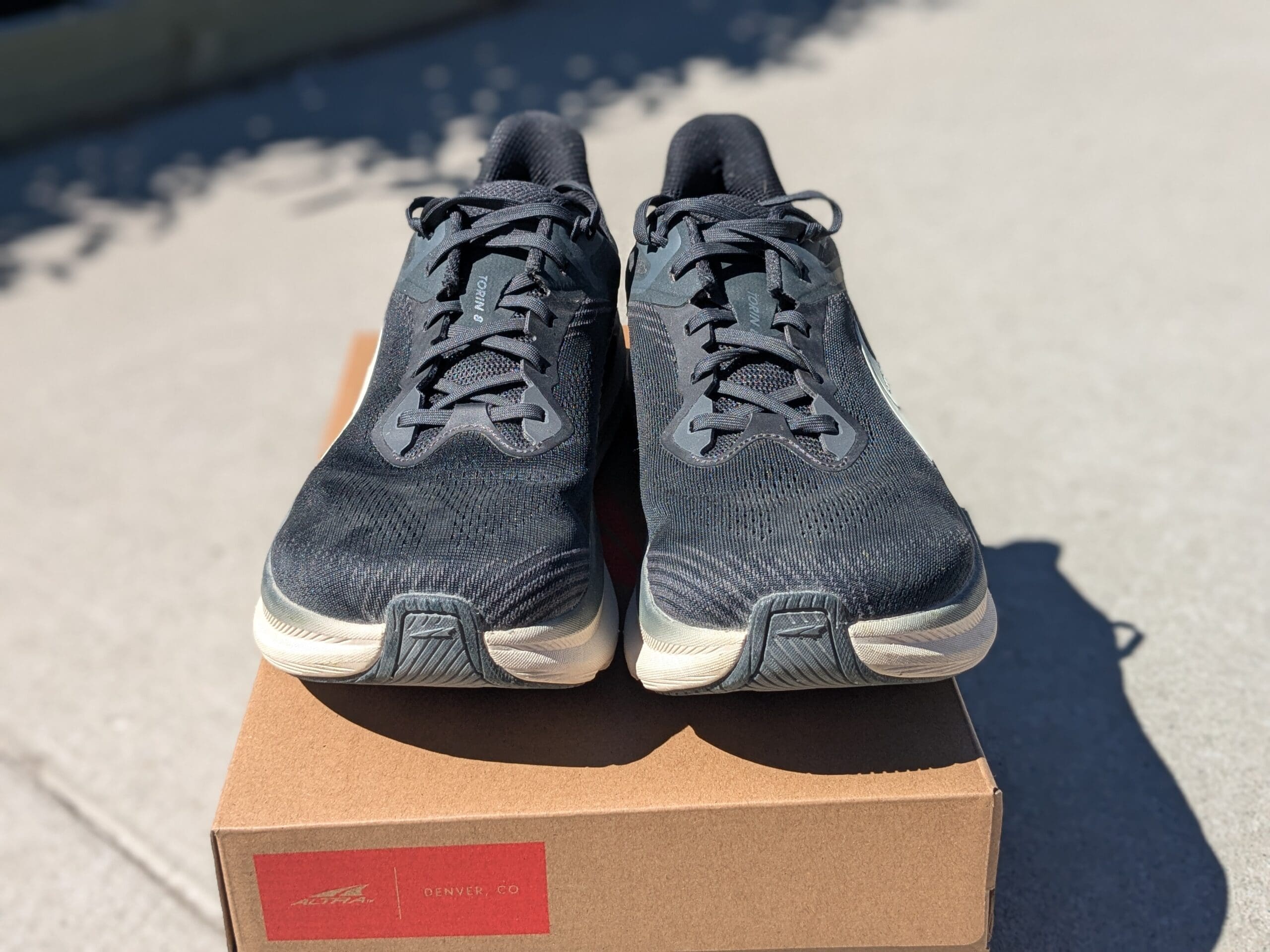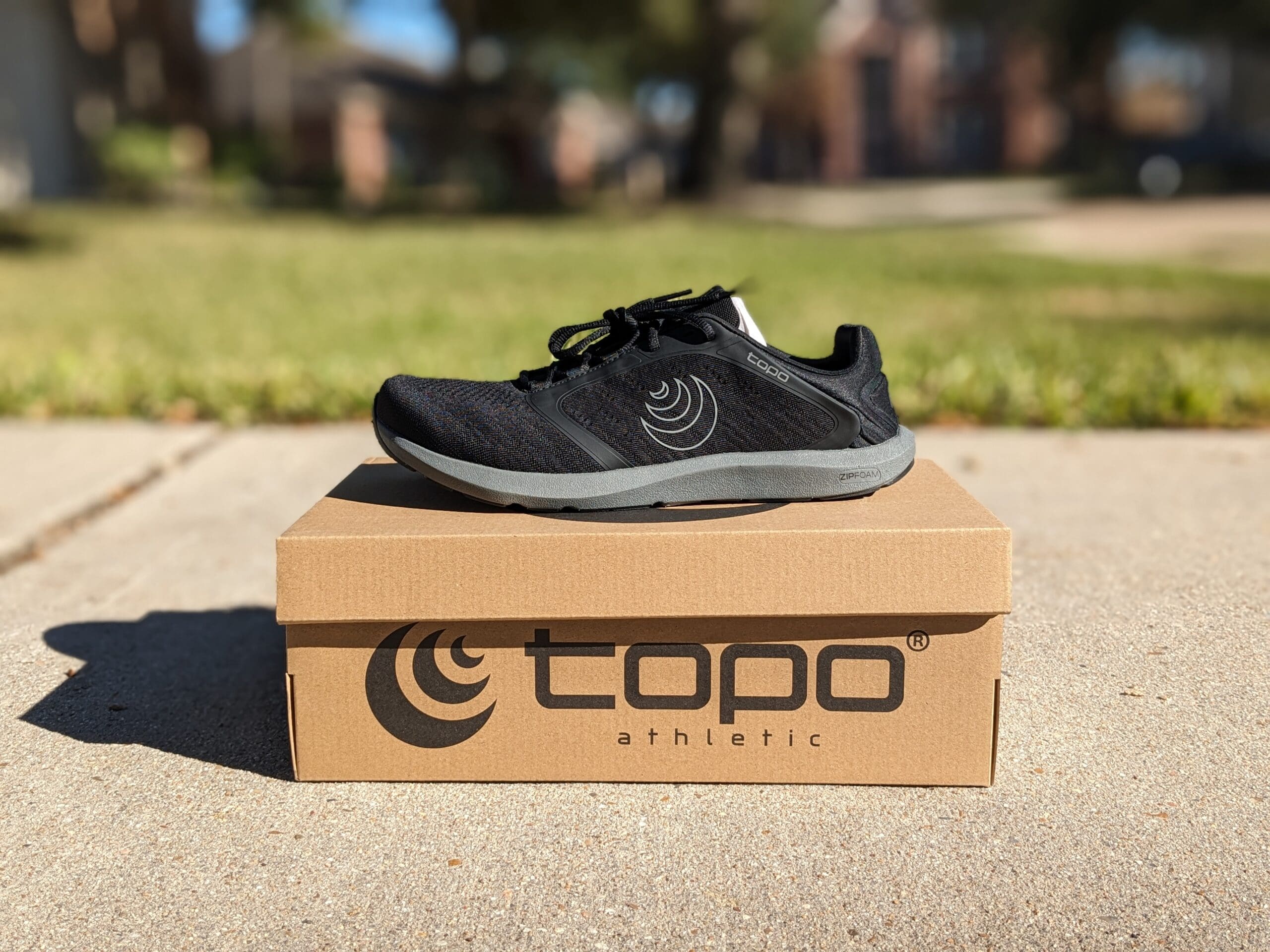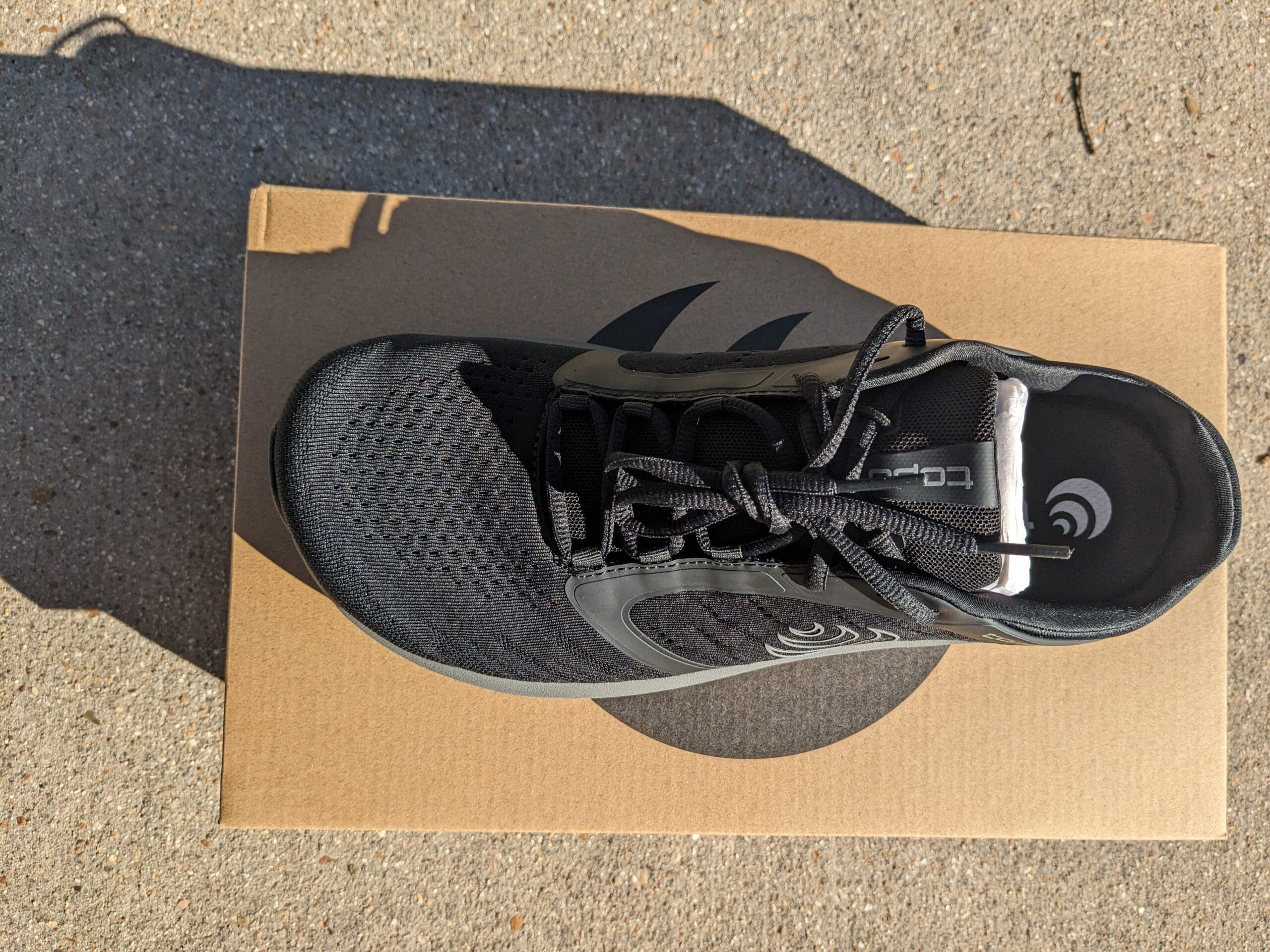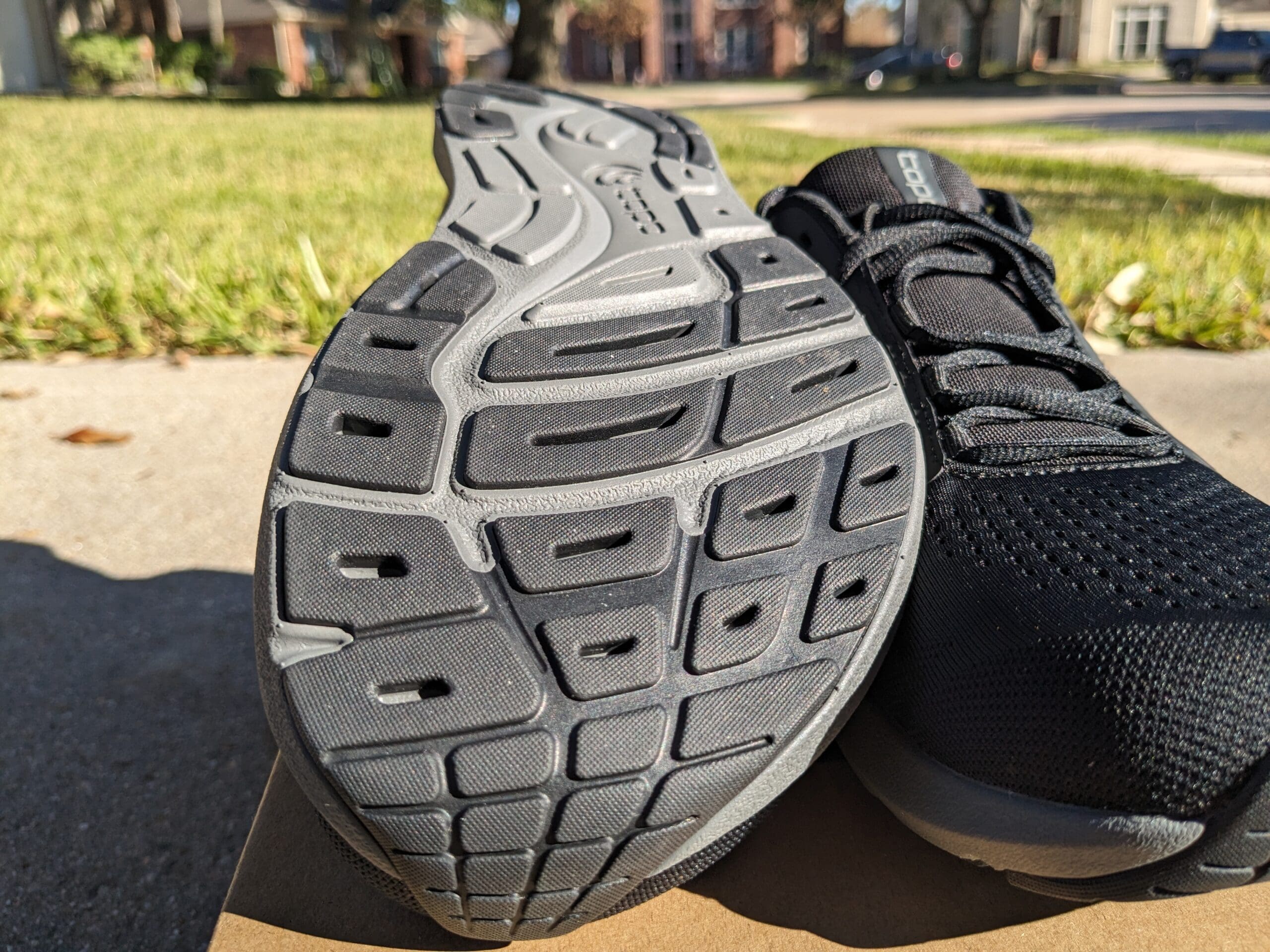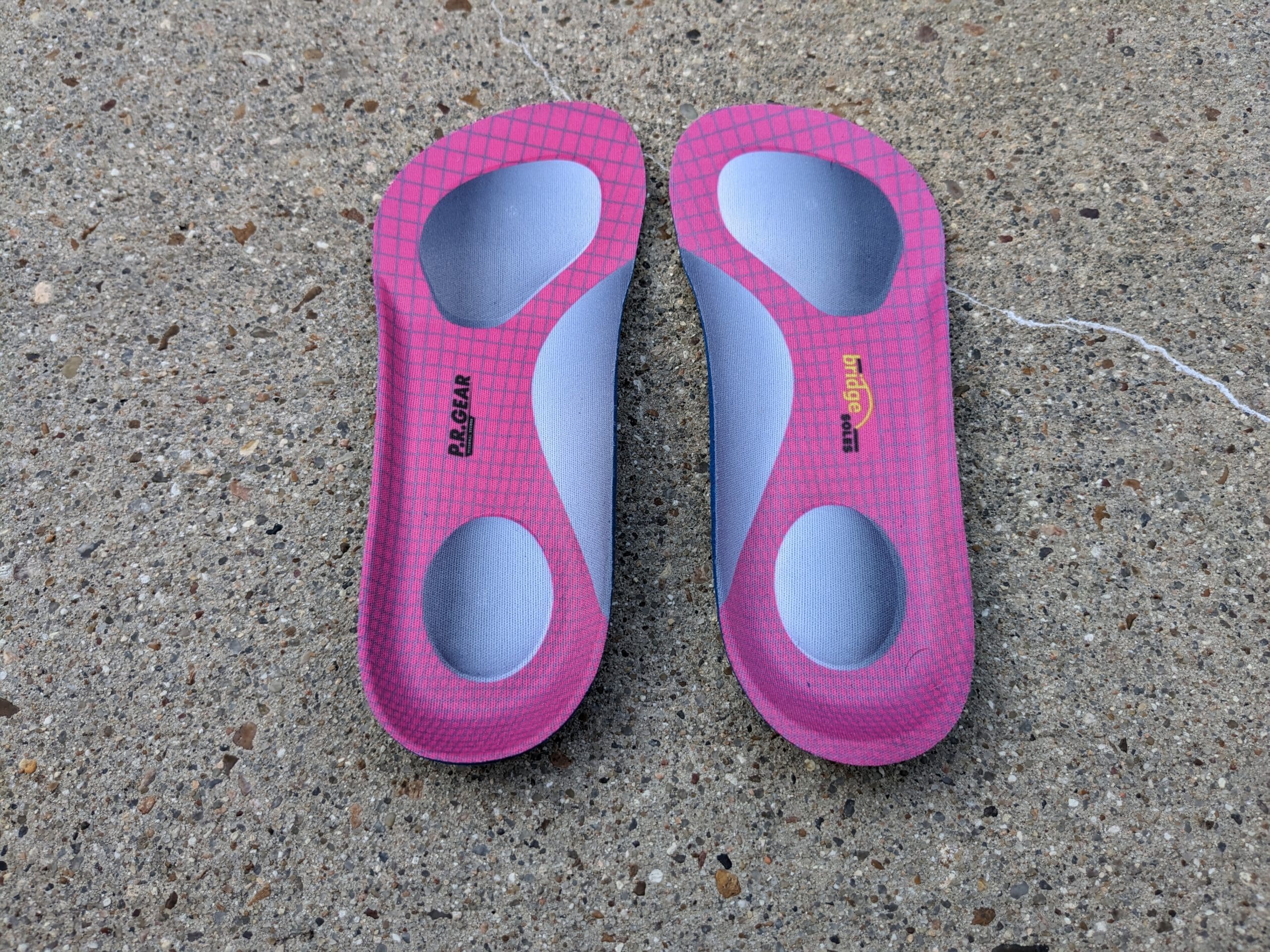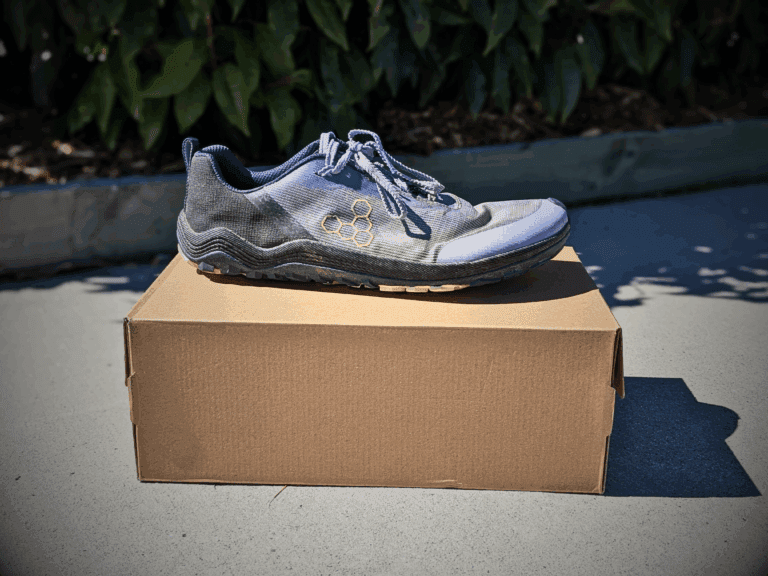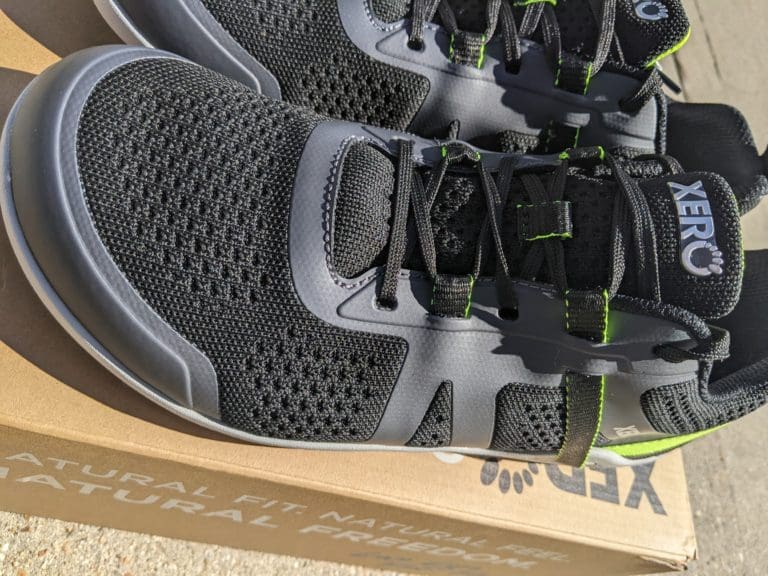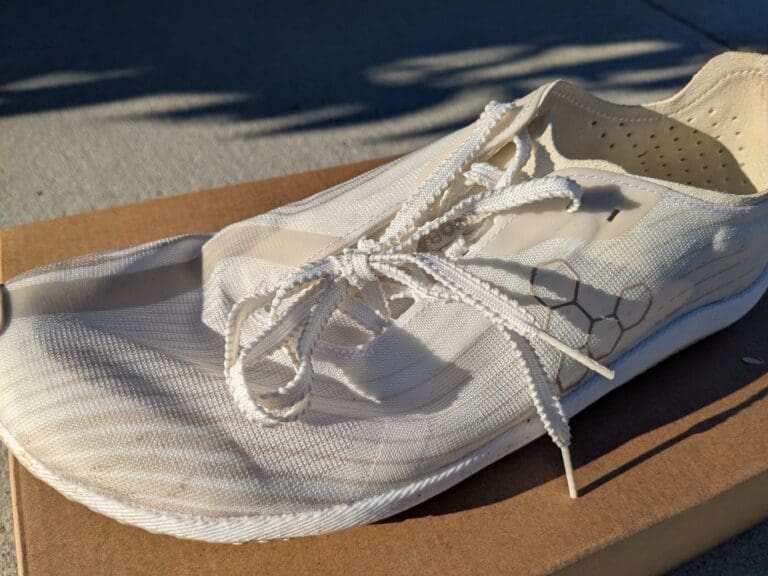“But I need arch support!”
If I had a dollar for every time I’ve heard this objection from runners considering zero drop shoes, I could fund a small study on arch function. It’s the #1 comment I get when people hear that I’m a barefoot/minimalist proponent.
But what if nearly everything the footwear industry has taught us about arch support is not just wrong, but actually counterproductive? What I’ve learned through personal experience, working with hundreds of runners, and diving deep into the research has completely flipped my understanding of how arches actually work.
Today, I’m going to break down the biggest myths surrounding arch support, share the science behind what your arches actually need, and guide you through the reality of transitioning from supportive shoes to a more natural approach.
Affiliate Disclosure: By clicking through the links on this page and purchasing the products, you’ll be helping me out. This is done because I receive a kickback from the sellers at no extra cost to you! Thank you so much for supporting us!
Arch support is weakening your feet—and the industry knows it.
For over 50 years, the footwear industry has built a multi-billion dollar business on a fundamental lie: that your feet are defective and need constant external intervention. Walk into any shoe store today, and you’ll encounter an overwhelming array of insoles promising to “support your arch,” shoes with “advanced arch technology,” and sales associates who ask about your arch height before you’ve even mentioned any problems.
Here’s what I wish someone had told me 20 years ago: arch support isn’t helping your feet—it’s systematically disabling them.
Your foot has 26 bones, 33 joints, and over 100 muscles, tendons, and ligaments working together to support your arch. These structures evolved to do the job themselves—not to rely on a chunk of foam or plastic doing the work for them.
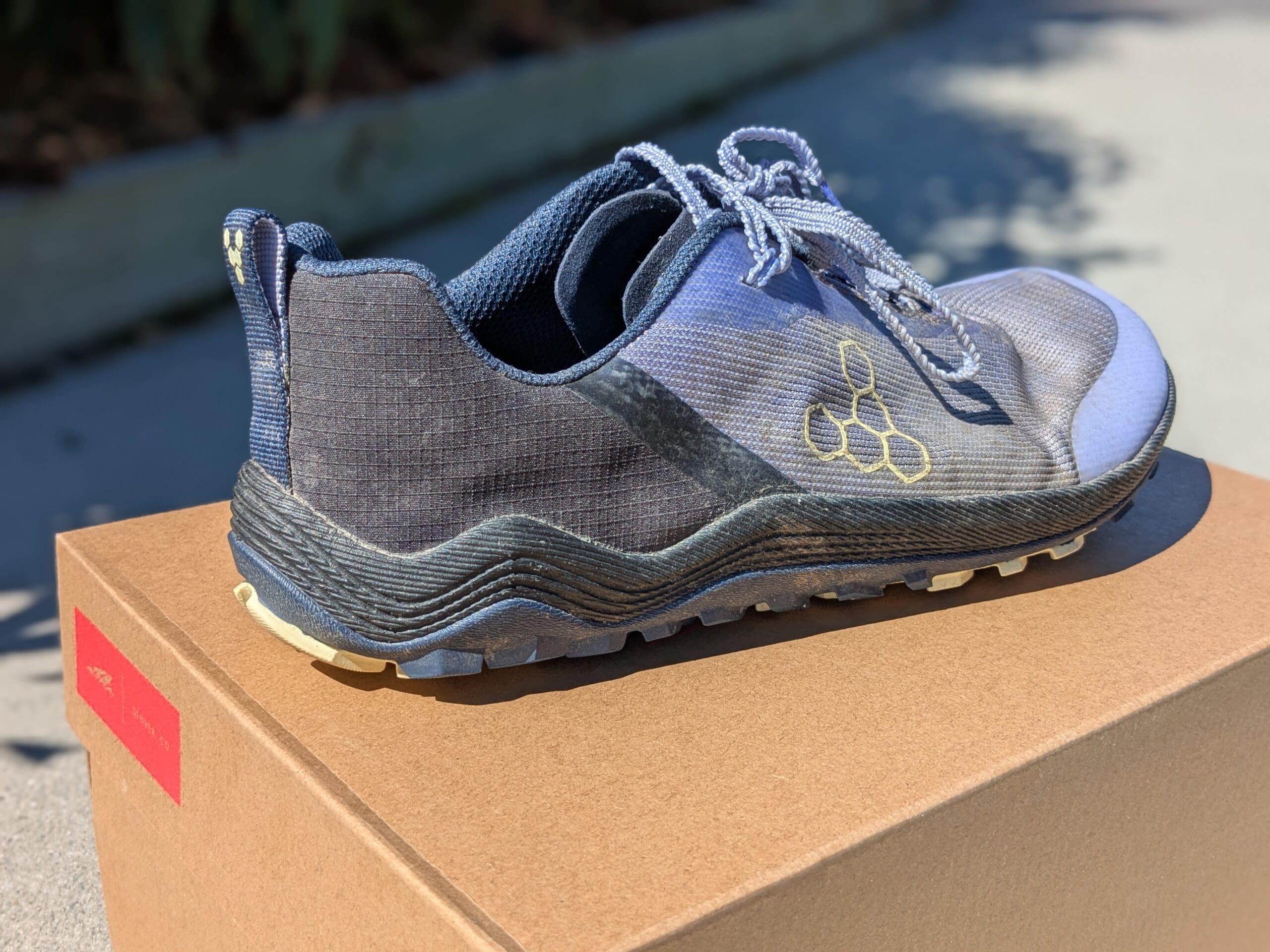
What arch support actually does: causes muscle atrophy and potential injury.
Traditional arch support doesn’t support your feet—it disables them. Every time you slip on shoes with arch support, those intrinsic foot muscles get the message: “Don’t bother working, we’ve got this covered.” Over weeks, months, and years, those muscles atrophy from disuse. They weaken. And the weaker they get, the more dependent you become on external support.
I’ve watched this happen to my elderly parents. After decades of wearing “supportive” shoes with arch support, they now can’t walk around the house without it. Their feet have become so dependent on external support that even basic walking requires orthotics. This isn’t because they have defective feet—it’s because the arch support they’ve relied on for years has systematically weakened their foot muscles to the point where those muscles can no longer do their job.
I learned this principle firsthand after shoulder surgery. My arm was immobilized for months, and when I finally could use it again, the muscles had atrophied so badly I needed months of physical therapy just to regain basic function. The muscles hadn’t been working, so they’d weakened dramatically. The same thing happens with arch support—your foot muscles adapt to the external assistance by shutting down.
Which Altra Shoe is for you?
Take a quick 4-question quiz to identify the perfect Altra running shoe for your feet! You'll get both road and trail options based on your answers!
Here’s the worst part: when you eventually remove that arch support—whether by choice or because you need to go barefoot—those weakened muscles can’t handle the sudden load. This is when injuries happen. Plantar fasciitis. Stress fractures. Achilles tendonitis. The very problems the arch support industry claims to prevent are often caused by the dependency they’ve created.
The research backing this up is compelling, and it matches what I’ve observed in my own transition and the dozens of runners I’ve coached. A 2016 study from Harvard Medical School and Hong Kong Polytechnic University found that runners who gradually transitioned to minimalist footwear showed significant increases in foot muscle volume after 6 months—with intrinsic foot muscles increasing by 8.8%. But—and this is absolutely crucial—the key word is “gradually.” You can’t simply remove the crutch after years of dependency without a proper strengthening program.
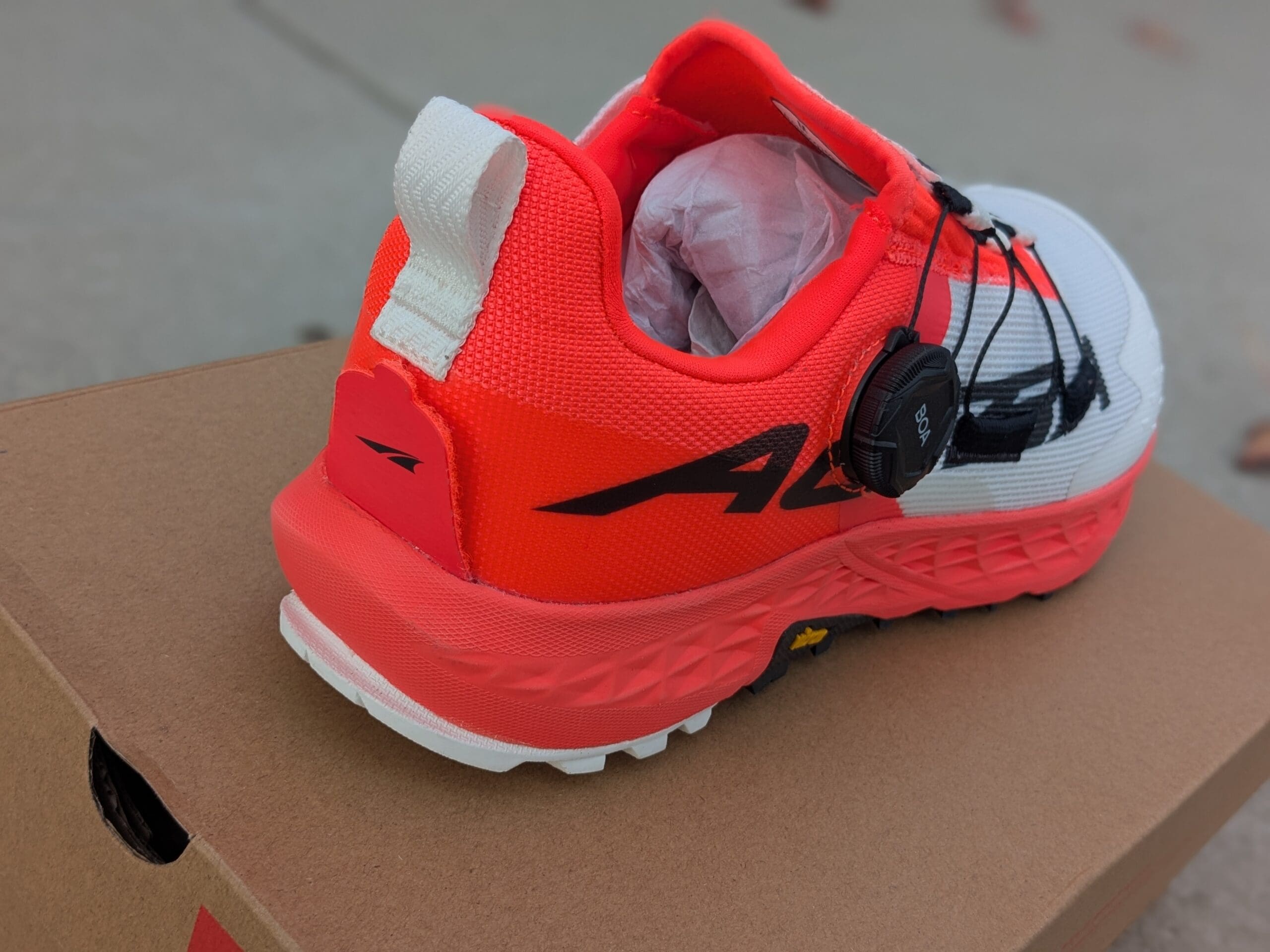
The flat feet fallacy that keeps people trapped in supportive shoes.
“I have flat feet, so I need arch support.” This is the most common excuse I hear, and it’s based on a complete misunderstanding of how feet actually work. During my years working in a shoe shop, I saw countless customers who believed this same lie. They viewed their flat feet as defective, broken structures that required constant external correction to function.
Here’s the truth that the footwear industry doesn’t want you to know: flat feet are usually the result of weak arch muscles, and arch support makes the problem worse—not better. First, it’s important to understand that arch height exists on a natural spectrum—research shows approximately 60% of people have normal arches, 20% have high arches, and 20% have low arches. Genetics play a role (researchers have identified over 400 genetic markers associated with arch height), but environmental factors like footwear and activity level significantly influence arch development and strength. For most people with low arches, they aren’t flat because they’re structurally deficient—they’re flat because the muscles that should be actively supporting the arch have atrophied from years of external arch support doing the work for them.
Haile Gebrselassie—one of the greatest distance runners of all time—has notably flat feet. So do numerous other elite runners who’ve never used arch support in their lives. The key isn’t how flat your arch appears—it’s how strong your arch muscles are and whether they can actively engage and support your body weight dynamically during movement.
Here’s the catch: most people with “flat feet” developed them because of arch support, not in spite of it. You start using arch support because someone told you your arches need help. Those arch muscles, now having their work done for them, weaken and atrophy. Your arches collapse further. You’re told you need even more support. The cycle continues, getting progressively worse, with the arch support industry profiting from the dependency they created.
Traditional arch support doesn’t solve weak arch muscles—it guarantees they stay weak while making you dependent on a product you have to keep buying. The real solution is to stop using the crutch and rebuild the strength that support has stolen from your feet.
Your arch is designed to be a dynamic, active structure.
Understanding how your arch actually works is why I believe in barefoot shoes now. The foot’s arch system functions through coordinated active muscle contractions, not passive external props. When you walk or run with proper mechanics, several muscle groups work in precise coordination to maintain arch integrity:
Your lower leg muscles act like a sling, lifting your arch when your foot hits the ground
The intrinsic foot muscles—small muscles inside your foot that most people don’t even know exist—provide stability and adjust to changing terrain
The tissue on the bottom of your foot works like a spring, storing and releasing energy with each step
When you use arch support, it essentially short-circuits this elegant system, causing these muscles to atrophy from disuse.
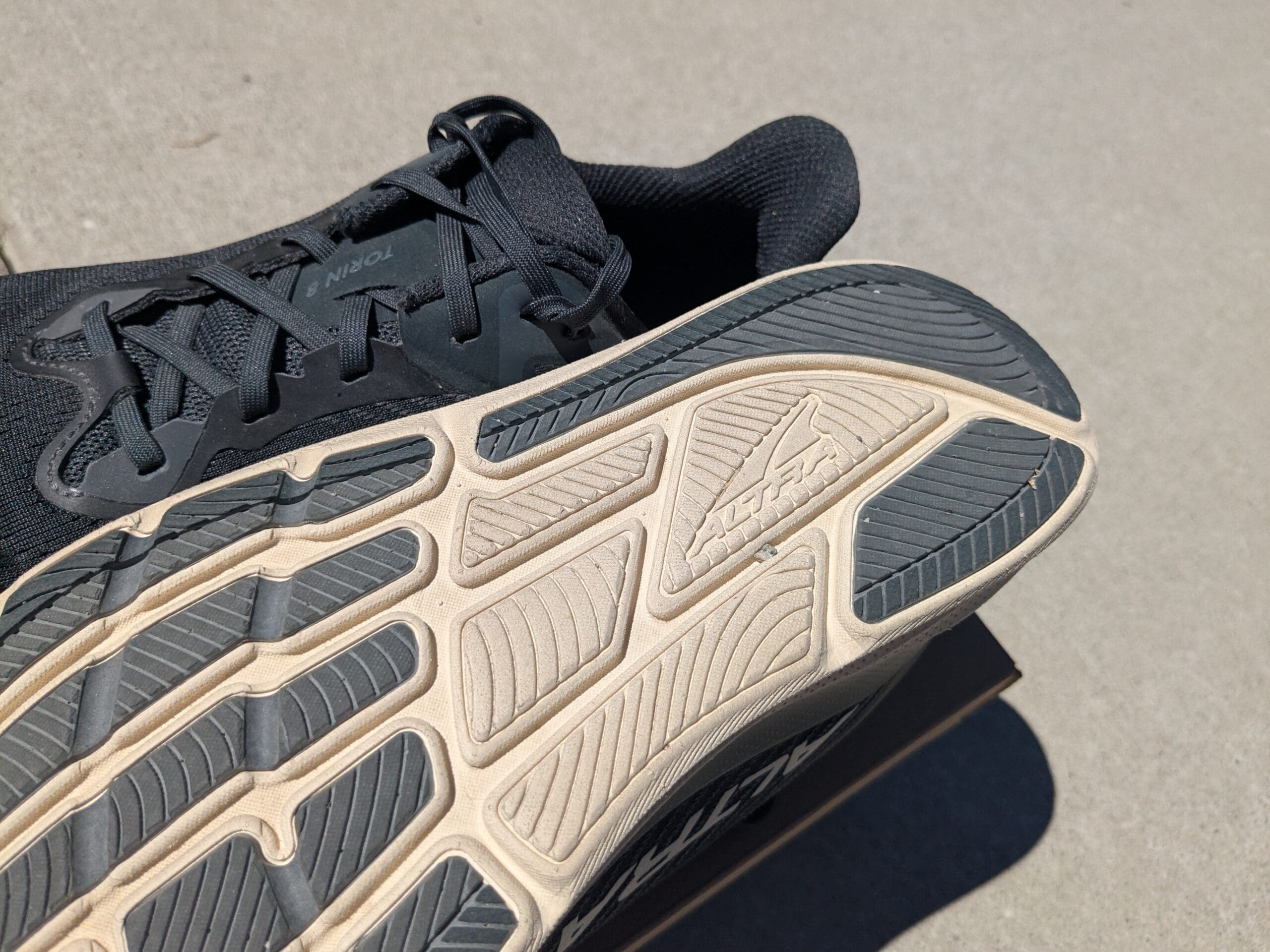
Zero drop allows your arch muscles to function as intended.
This was probably the most surprising discovery during my transition: heel elevation fundamentally changes how your arch muscles can work. When your heel is raised 10-12mm above your toes (as in some traditional shoes), it shifts your center of gravity forward and changes the loading patterns through your entire foot. This forward shift can actually reduce the natural engagement of arch-supporting muscles because your body compensates with different movement patterns.
Zero drop shoes position your heel and forefoot at the same level, allowing your body weight to be distributed more naturally across your entire foot structure. You’ll notice this drastic difference in the first few weeks—your calves will be significantly more fatigued as they activate properly for the first time in years, your glutes will engage more during each stride, your arches will work harder than they ever have, and you’ll feel muscles throughout your posterior chain firing in ways that supportive shoes had completely shut down.
The University of Delaware studies on this topic directly match my personal experience and what I’ve observed in other transitioning runners. Their research showed significant improvements in intrinsic foot muscle strength after 6 months of zero drop use, with corresponding improvements in natural arch support function. What the studies don’t capture is how noticeable these changes feel day-to-day—improved balance, less foot fatigue, and a general sense of more stable, responsive feet.
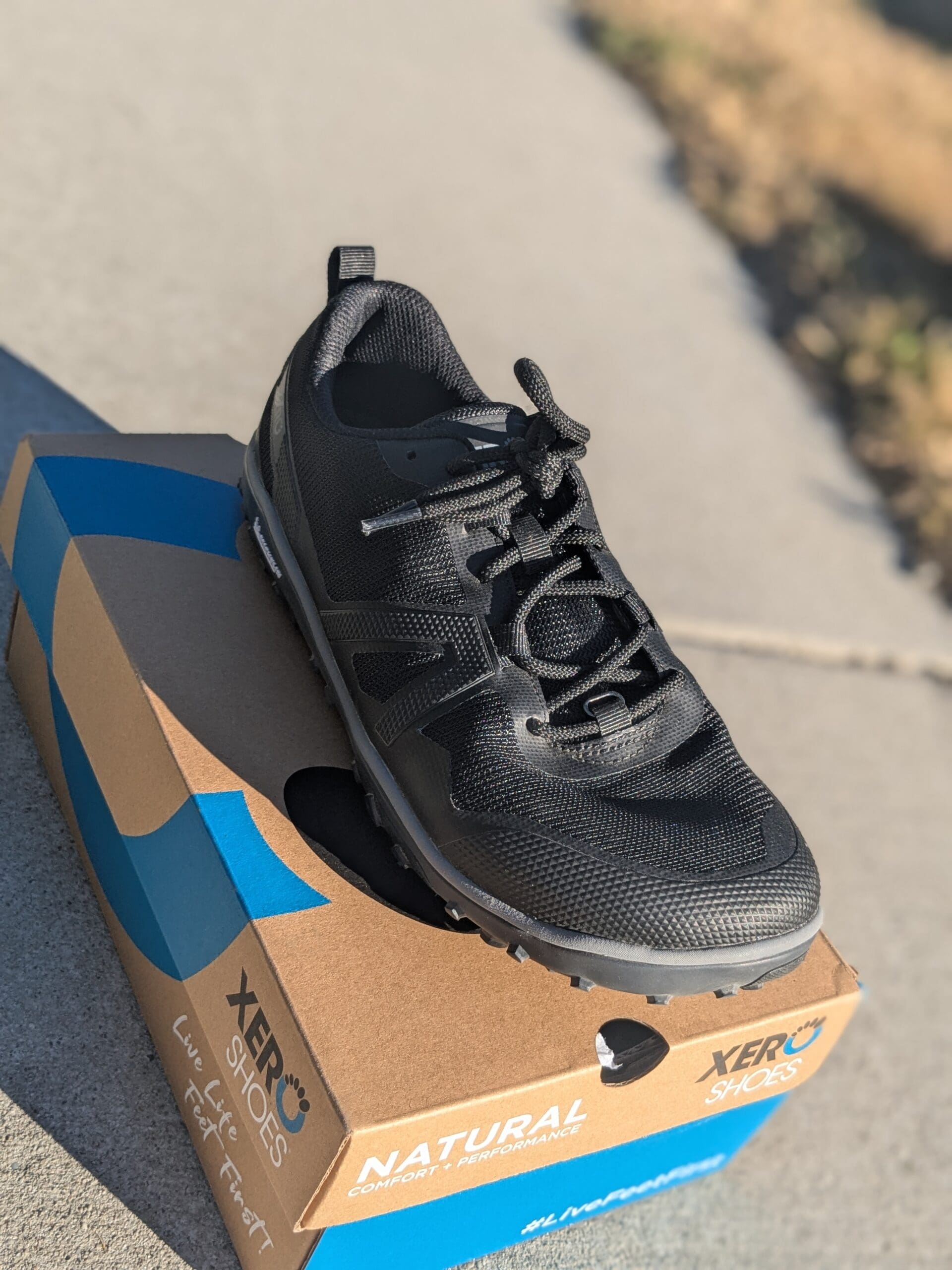
The adaptation timeline is longer than most people expect.
Real arch strengthening takes 6-12 months, not the 2-3 weeks most people give it before giving up. I learned this during my own transition when I started wearing minimal shoes during my work day, where I was on my feet most of the day. My feet and calves suffered—not because there was anything wrong with my feet, but because I should have taken a different approach and not expected so much so soon from muscles that had been dormant for years.
Making this transition slowly can help avoid the mistakes I made. Just like any other muscle group that’s been inactive, your foot muscles need time to strengthen and adapt to new demands. During this adaptation period, some temporary bridge strategies can help you stay comfortable while your natural arch function develops.
Not all zero drop shoes take a purist approach to minimalism—normally this is a bad thing, as we don’t want that support long-term, but in the short term it can help lessen the load during transition. While true barefoot shoes offer minimal intervention, I’ve tested dozens of zero drop options that provide minor supportive features that can help bridge the gap between traditional arch support and full minimalism.
Altra Torin 8
Best for: Transitioning from conventional shoes
Stack height: 30mm
Toe box: FootShape (wide)
Pros: Maximum cushioning, stable platform, familiar feel
Cons: Heavy at 265g, stiff heel cup, loses ground feel
Personal take:
A solid bridge shoe if you’re coming from heavily cushioned conventional shoes. The 30mm of EgoMax foam and stable platform provide psychological comfort during early adaptation, though it comes at the cost of natural foot function. Use it temporarily—not as a long-term solution.
Topo Athletic ST-5
Best for: Long runs (with caution)
Stack height: 14mm
Weight: 187g
Toe box: Exceptionally wide
Pros: Lightweight, flexible, great ground feel
Cons: Problematic arch support molded into footbed
Personal take:
A minimal shoes with arch support—14mm stack, 187g weight, exceptional toe box. Normally I don’t advise this shoe to most, but as a transition shoe it can work.
PR Gear Bridge Soles
Price: $19.99 (code BRR20 for 20% off)
Type: Transitional insoles
Features: Supportive arch, 4mm heel raise, domed forefoot
Pros: Modular approach, affordable, clear exit strategy
Cons: Must be phased out within 6-12 weeks
Personal take:
A brilliant modular solution for transition. Instead of buying multiple shoes, use these in any zero drop shoe you own. My gait sensor testing confirmed they work. But remember—these are training wheels with a clear removal timeline, not a permanent solution.
Strengthening exercises that actually work.
Building natural arch strength through targeted exercises is crucial for successful transition—more important than the shoes themselves. These are the exercises I recommend to everyone making the zero drop transition:
Towel scrunches: Place a towel on the floor and use your toes to scrunch it toward you, focusing on lifting your arch as you pull. Aim for 2-3 sets of 10-15 repetitions. You’ll feel the small intrinsic foot muscles working in ways they probably haven’t for years.
Calf raises with arch activation: Stand on the balls of your feet, but instead of just lifting up, focus on actively lifting your arch and spreading your toes as you rise. The coordination takes practice but builds incredible functional strength by connecting your calf muscles to your arch function.
Single-leg balance: Stand on one foot with your eyes closed for 30-60 seconds. This forces your foot muscles to work dynamically and develops the proprioception that supportive shoes have dulled. Don’t be discouraged if you can only manage a few seconds at first—this improves quickly with practice.
Progressive barefoot walking: Start with 10-15 minutes daily on carpet or grass, then gradually progress to harder surfaces. This teaches your feet to handle varied textures and firmness levels without external support.
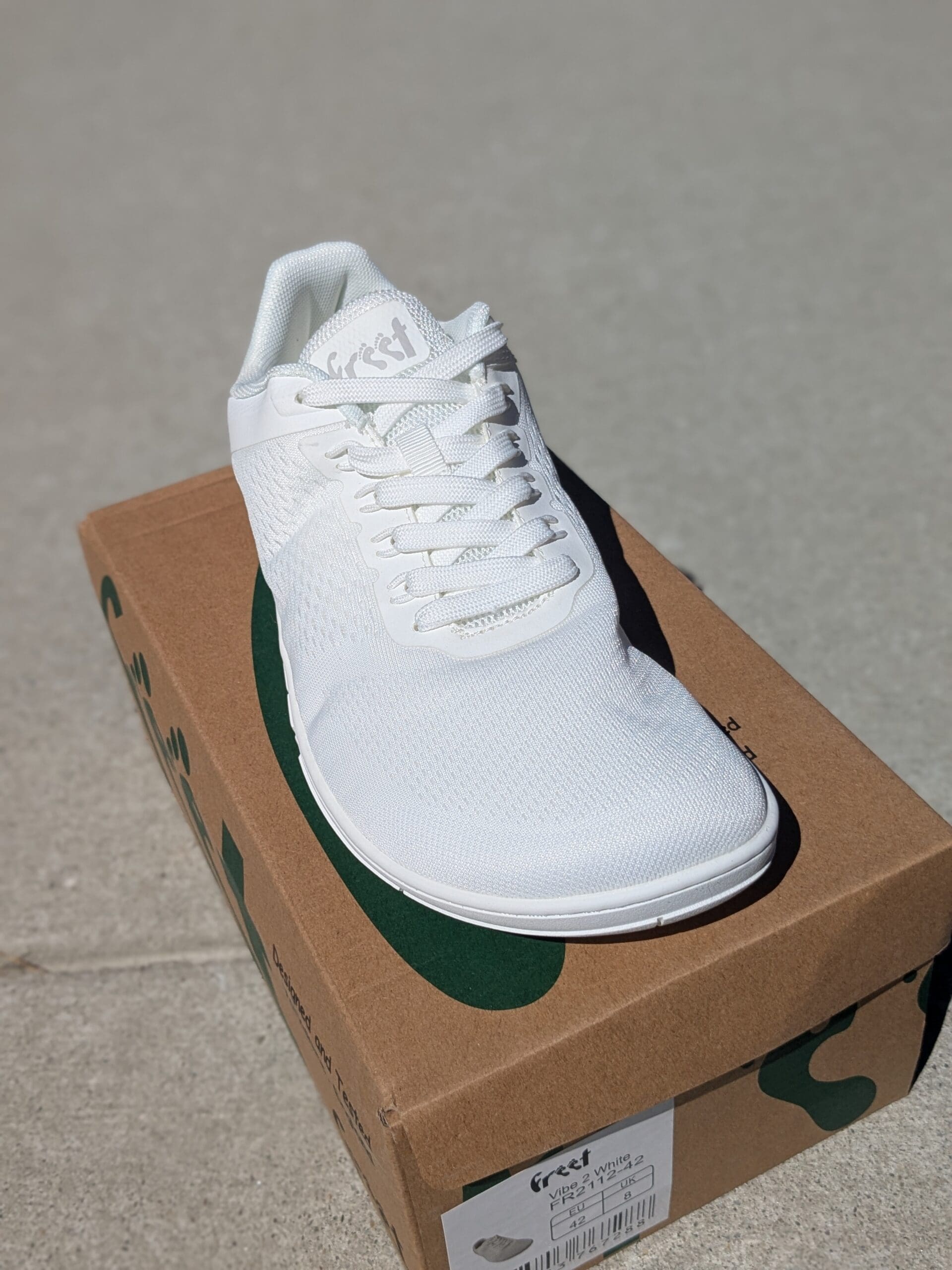
The gradual adaptation strategy that prevents injury.
Rushing the transition is the biggest mistake people make—as I mentioned earlier, I learned this the hard way during my own transition. Your arch muscles need time to strengthen, and your connective tissues need time to adapt to completely different loading patterns.
Start by taking your shoes off in the house (if you typically wear shoes indoors). Get used to walking about barefoot, limiting this to just 5-10 minutes at a time initially. Pay close attention to how your feet and calves feel during and after these sessions. Some mild muscle fatigue is completely normal—you’re asking dormant muscles to work again. But sharp pains, persistent aches, or pain that gets worse over time means you’re pushing too hard too fast.
Week 1-2: Barefoot walking indoors, 5-10 minutes at a time, multiple times per day
Week 3-4: Progress to 5-minute walks outside in zero drop shoes
Week 5-8: Gradually increase outdoor walk duration to 10-15 minutes
Week 9-12: Continue building walking duration and intensity
This timeline assumes you’re doing daily foot strengthening exercises and actually listening to your body’s feedback. Some people adapt faster while others need 18+ months for full adaptation. The key is ignoring arbitrary timelines and responding to what your feet are telling you. There’s no prize for speed, but there are real consequences for rushing.
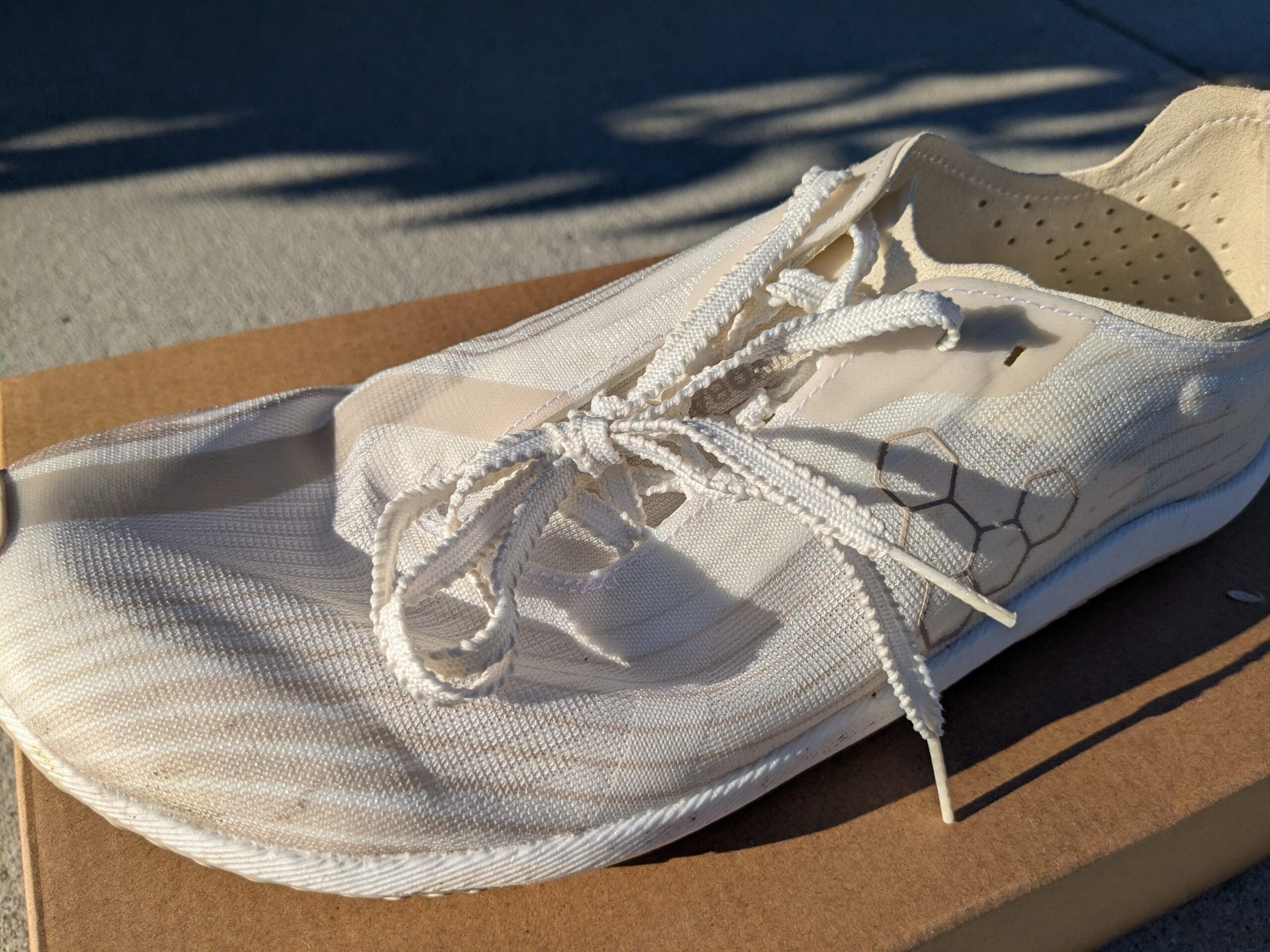
When temporary support makes sense—and when it’s actually necessary.
I’m strongly against arch support as a long-term solution, but there are three specific exceptions:
Recovering from injury: If you’re dealing with plantar fasciitis, stress fractures, or other foot injuries, temporary arch support can reduce load on damaged tissues while they heal. During one recovery period from injury, I used Bridge Soles for 6 weeks while doing foot strengthening exercises, then gradually phased them out over 2-3 months. This is the correct use—as a healing tool with a clear exit strategy.
During transition: Tools like Bridge Soles or transition shoes like the Altra Torin 8 can help bridge the gap while building natural arch function, but only if you have a concrete plan to eliminate them within 6-12 weeks.
Extreme efforts beyond your conditioning: If you’re attempting something significantly beyond your current adaptation level (like your first ultra-marathon), temporary support might prevent injury during that specific event—not as a regular training tool.
These are exceptions, not the rule. If you’re regularly relying on arch support for normal activities, your feet are weak and need strengthening—not more support.
The arch support industry has built a multi-billion dollar business on a fundamental lie: that your feet are defective and need constant external intervention. For the vast majority of people, arch support is actively weakening feet, creating dependency, and causing the very problems it claims to prevent.
Your arches don’t need external props—they need to be freed from the crutch that’s been systematically disabling them. Those 100+ muscles, tendons, and ligaments in your feet evolved to do the job themselves. Zero drop shoes allow them to function as designed.
Yes, there are exceptions: acute injury recovery, extreme efforts beyond your conditioning, or the rare medical conditions listed above. In these cases, temporary arch support is a medical tool with a clear exit strategy—not a lifestyle choice.
Your arches are far stronger than the footwear industry wants you to believe. Give them the chance to rebuild their natural strength, and you’ll understand why zero drop shoes aren’t just about removing heel elevation—they’re about restoring the foot function that decades of arch support have compromised.

